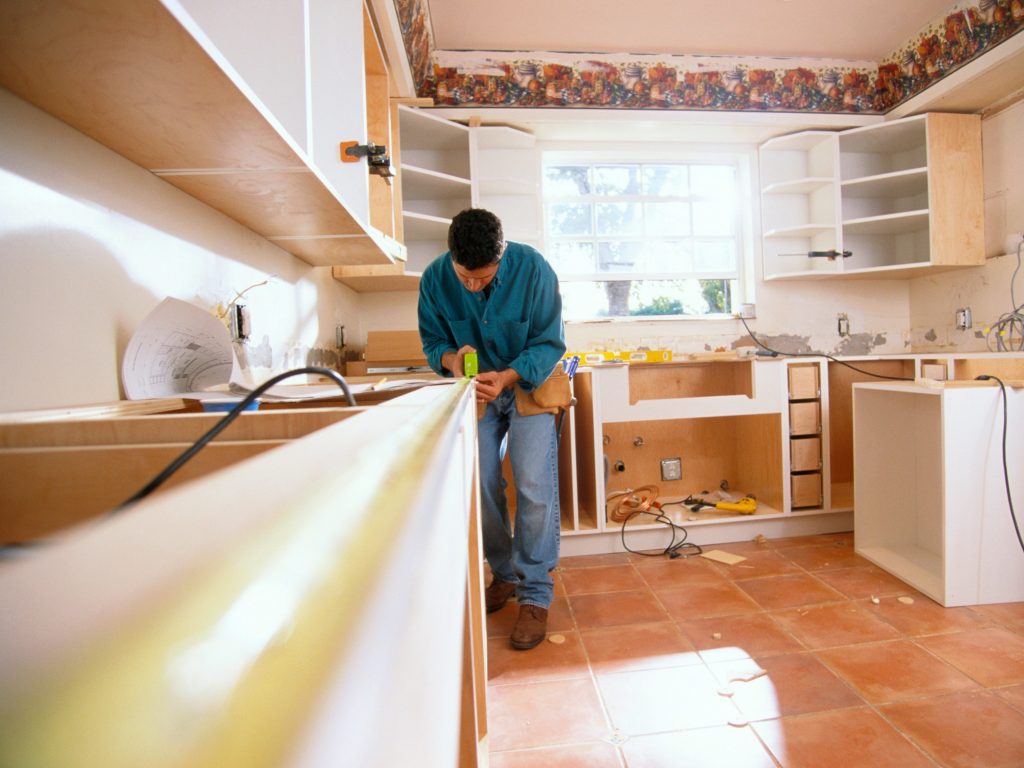- The share of US homes sold by fix-and-flip investors soared to a 22 year-high in the first quarter of 2022.
- But their profit margins declined to a 13-year low.
- As competition wanes due to a lack of affordability, these investors are losing out on money.
Pandemic-era mortgage rates didn't only entice families eager to purchase their dream homes — they also lured fix-and-flip investors hoping to cash in on the American dream of homeownership.
But as rising mortgage rates put a lid on the US home buying frenzy, investors' luck may be running thin.
US home investors were responsible for 9.6% of all homes sold in the first quarter of 2022, representing the highest level since at least 2000, financial services company ATTOM Data Solutions said in its June home flipping report.
But while home sales by investors soared to a 22 year-high, their profit margins declined to a 13-year low.
"The good news for fix-and-flip investors is that demand remains strong from prospective homebuyers," Rick Sharga, executive vice president of market intelligence at ATTOM, said in a statement, referring to the process of purchasing, renovating, and selling a home within 12 months for a profit. "The bad news is that rising mortgage interest rates are beginning to slow down home price appreciation rates, and buyers have become more selective – and less willing to outbid other buyers for properties they're interested in."
Data from ATTOM shows that out of every ten homes sold in Q1, at least one was a flip. Despite the increase in investor activity, the amount of gross profit that fix-and-flip investors made on transactions decreased to the lowest point since 2009, a time when the real estate market was still reeling from the Great Recession.
"Rising mortgage rates have had a major impact on affordability, and appear to be having an immediate effect on both demand and actual home sales," Sharga said, adding that it's having a predictable impact on investor profit margins.
While historically low mortgage rates persuaded millions of Americans to purchase homes over the last two years, pandemic-era deals are over and buyer demand is waning. As competition eases, the white-hot housing market that house flippers helped overheat is now cooling. With home price appreciation slowing and buyers becoming more choosy — house flipper's could see even more declines in their profits.
"Gross profits, and overall ROI are still relatively healthy for investors who don't overpay for homes, and who are good at managing repair costs, but if demand weakens further and prices begin to decline, returns for investors could definitely be impacted," Sharga told Insider.
ATTOM's data shows that the typical gross-flipping profit — the median purchase price paid by an investor subtracted from the median resale price to a buyer — amounted to just $67,000 in Q1. While this translates into a 25.8% return on investment and is up 5.5% from Q4 of 2021, it's 4.3% less than the $70,000 level recorded during the same time period in 2021.
"Investors are ultimately in business to make money, so smaller returns have a pretty dramatic and meaningful impact on their business," Sharga said. "This can result in changes to their business model — how much and what kind of repair work they do on properties they're going to flip, or whether they hire fewer people to work on these properties or exit the business entirely."
Shifting market dynamics are impacting how fix-and-flip-investors make their money. If mortgage rates continue to rise, they're likely to slow buyer demand further — and that could mean investors will have to change how they do business.
"Fix-and-flip investors do best in markets characterized by strong demand and rising prices, so the opposite of those conditions will make it more difficult for these investors to make the kinds of margins they need to stay in business," Sharga said.
